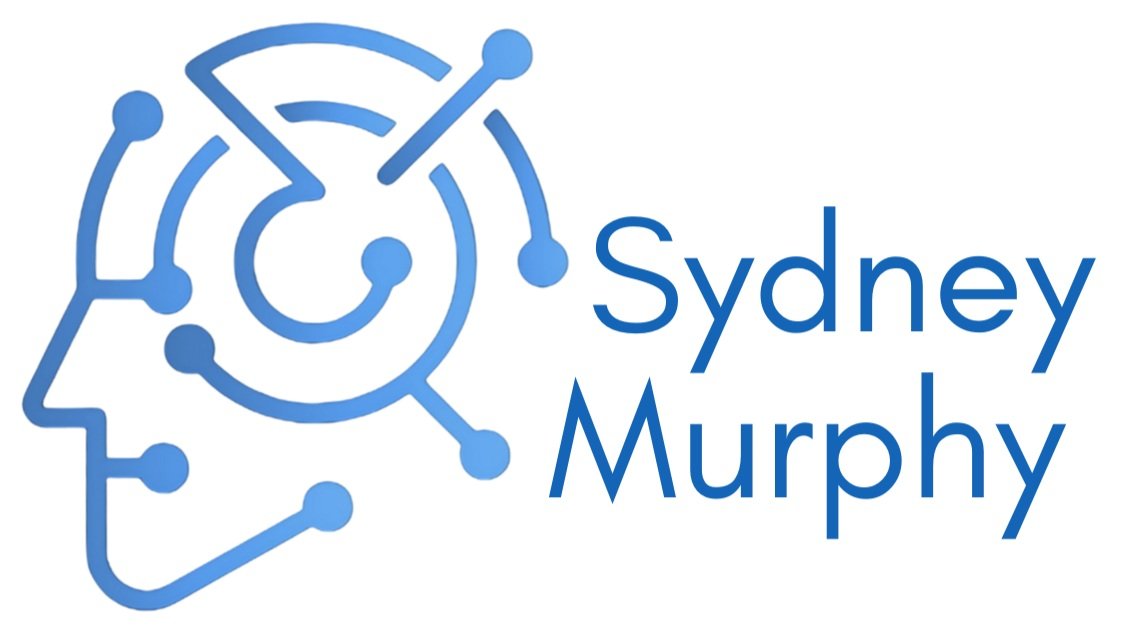Robinhood: Why My Model Shows a Negative Share Price
Robinhood is trading at $143.25 a share as of October 1, 2025. After conducting a detailed Discounted Cash Flow (DCF) analysis based on the company’s projections, my model arrives at a startling conclusion. The analysis produces a negative valuation for the company, suggesting its stock is significantly overvalued. My investment recommendation is an unambiguous SELL.
The Core of the Model: A Cash Flow Problem
My valuation is built upon a five-year forecast that assumes a strong 18.3% compound annual growth rate for revenue. Despite this aggressive top-line growth, the model shows a critical flaw in the company's projected financials: negative free cash flow for every year of the forecast period.
The core issue stems from the projected Change in Net Working Capital (NWC). The model forecasts a massive and continuous cash outflow for working capital, which completely overwhelms the company's net operating profit. For example, in 2030, the model projects a cash outflow of $8.6 billion for NWC alone, leading to a negative unlevered free cash flow of over $5 billion for that year.
Valuation Results: A Deep Disconnect
The consistent negative cash flows lead to a deeply negative valuation. My DCF analysis, using a discount rate (WACC) of 14.88% and a terminal growth rate of 2.0%, calculates a final implied share price of -$47.52. This represents a potential downside of over 133% from the current price.
To ensure this wasn't an anomaly of one method, I also ran an alternative valuation using a 15.0x exit EV/EBITDA multiple. This secondary method still shows a catastrophic overvaluation, yielding an implied share price of just $14.84. This figure represents a nearly 90% downside from the current market price.
An Inescapable Conclusion: Sensitivity Analysis
The model's bearish conclusion is robust. The sensitivity analysis shows that even under wildly optimistic changes to the core assumptions, the valuation remains negative. Across every single scenario tested for the WACC and terminal growth rate, the implied share price never rises above zero. In the best-case scenario shown in the analysis (a low 12.00% WACC and a high 3.00% growth rate), the implied price is still -$54.66.
My Final Takeaway
My financial model makes a stark quantitative case that Robinhood's current market valuation is fundamentally disconnected from its projected cash flows. The model suggests a structure where projected growth requires a level of cash investment that its operations cannot support. Based on this analysis, the stock is significantly overvalued, and I am issuing a strong SELL recommendation.







